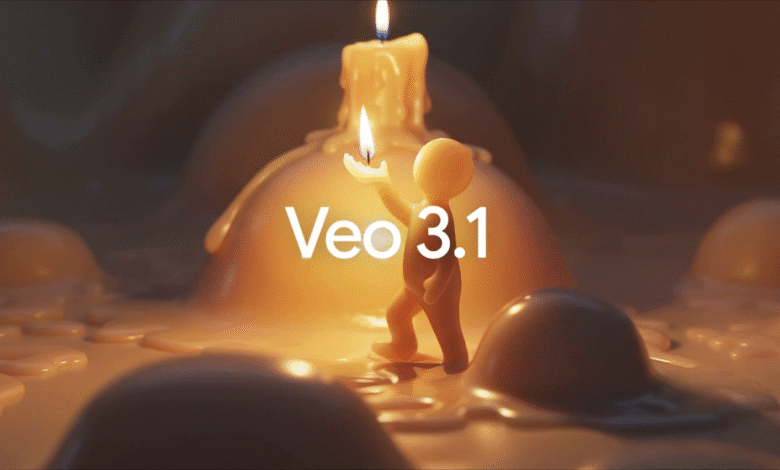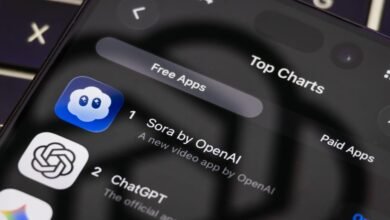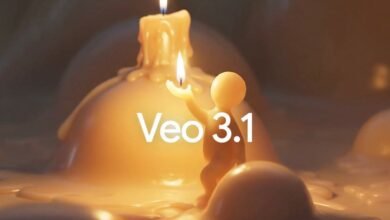Google’s Veo 3.1 Supercharges AI Video Creation

▼ Summary
– Google’s Veo 3.1 video model improves audio, realism, and prompt accuracy while being integrated into its ecosystem including the Flow filmmaking tool.
– The rapid development from Veo 2 to Veo 3.1 was aided by YouTube’s video data for training AI models.
– Veo 3.1 enhances prompt adherence for better video outputs and efficiency, with improved audio and support for both landscape and portrait 16:9 video formats.
– The update enables vertical video creation for platforms like YouTube Shorts and TikTok, aligning with Google’s previous commitments.
– This release positions Google in competition with OpenAI’s Sora, as both companies advance their AI video generation capabilities.
Navigating the digital world just became more complex with the launch of Google’s Veo 3.1, an advanced AI video generation tool that promises enhanced realism, superior audio quality, and more precise responses to user prompts. This upgraded model is set to integrate across Google’s platforms, including the Flow filmmaking application, where it will activate new capabilities. For those concerned about processing expenses, Google is also rolling out a “Fast” version of Veo to streamline video creation.
When Veo first appeared earlier this year, it marked a dramatic leap in AI-generated video quality, arriving only months after the Veo 2 rollout. Google’s access to YouTube’s vast video library has clearly accelerated model training, enabling the swift transition to Veo 3.1 with a host of fresh functionalities.
According to Google, Veo 3.1 delivers stronger prompt adherence, producing more accurate video results while reducing computational waste. Audio performance, already a standout feature in Veo 3, has seen further refinement. While earlier versions were restricted to 720p landscape videos, the new model accommodates both landscape and portrait 16:9 formats, aligning with the growing demand for vertical video content across social media.
Google had previously announced plans to incorporate Veo tools into YouTube Shorts, which uses a vertical format similar to TikTok. The introduction of Veo 3.1 likely brings that commitment closer to reality. With support for vertical video, Veo-generated clips are expected to appear more frequently not only on YouTube Shorts but also on TikTok. This update also keeps Google competitive with rivals like OpenAI, which recently launched an iPhone app for its Sora video-generation AI featuring a powerful new iteration.
(Source: Ars Technica)





